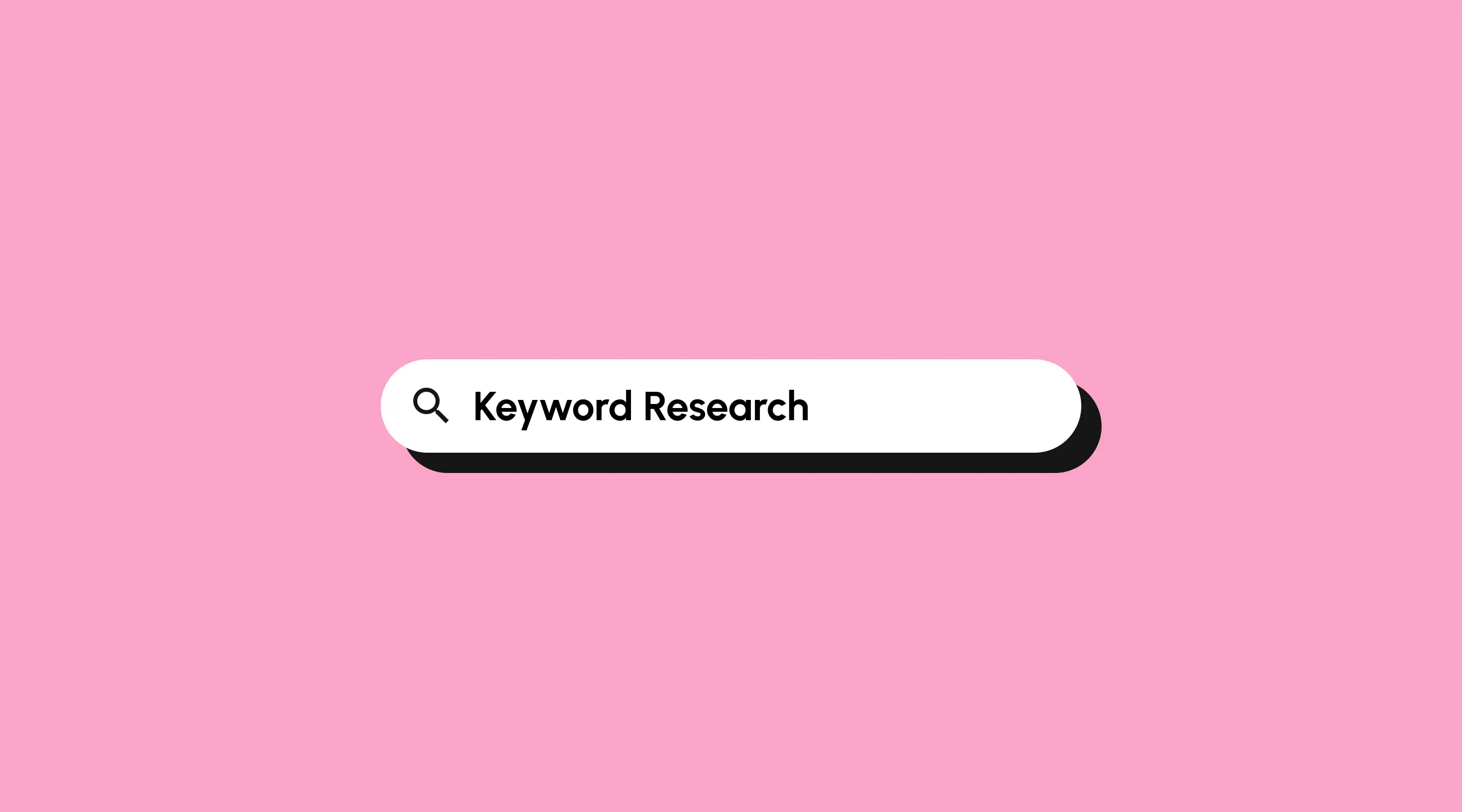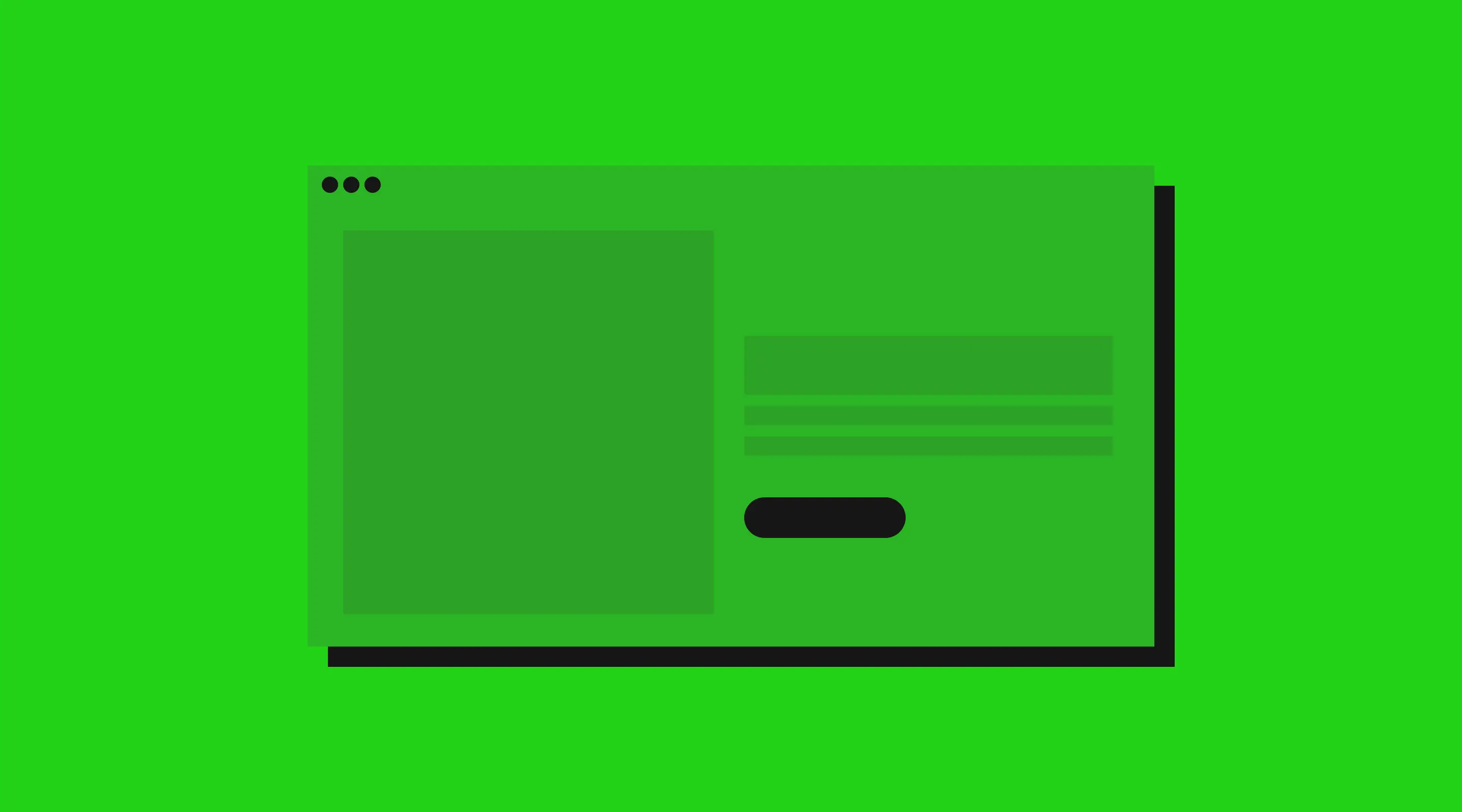UX Design Process: Build Better User Experiences

Table of contents
UX Starts with Understanding
At ALF Design Group, we believe that exceptional UX design doesn’t begin with colour palettes or layouts — it begins with understanding. Understanding your business goals. Understanding your users. And, most importantly, understanding how both align to form seamless, human-first experiences.
As a leading UX design agency in Singapore, we’ve helped startups, SMEs, and MNCs build smarter websites by putting users at the heart of every decision. This guide walks you through our UX design process — step by step — to help you design user journeys that drive engagement and deliver measurable results.
Curious how UX fits into Singapore’s digital transformation? Read our industry report: State of UX Design in Singapore 2025
What is UX Design and Why Does It Matter?
User Experience (UX) refers to how users interact with your digitalproduct or website — how it looks, how it works, and how it makes them feel.
Good UX design is the practice of shaping those experiences to be:
- Intuitive: Easy to navigate
- Enjoyable: Engaging and emotionally positive
- Efficient: Helping users accomplish their goals quickly
At its heart, UX design is about empathy — understanding users and designing around their needs.
"Good UX is invisible — it just feels right."
To learn how UX drives business value, explore our related guide How to Find the Right UX Designer in Singapore.
Align UX Design with Business Goals
A sleek interface means little if it doesn't support your objectives.
At ALF, we make UX decisions based on:
- What your brand represents
- What user actions you want to drive (purchase, inquiry, signup)
- What KPIs define success (conversion rate, engagement, retention)
Why UX and Branding Must Work Together
Too often, UX and branding are treated as separate disciplines. But they are deeply connected.
If your website looks beautiful but users can’t navigate it, it damages your brand trust. Conversely, strong UX reinforces your brand values — simplicity, innovation, care.
Our UX Alignment Process
- Stakeholder interviews
- Goal and KPI definition
- Brand voice and tone integration
Whether you're a startup or an enterprise in Singapore, aligning UX with branding is essential for credibility and conversion.
Step Into the User's Shoes
Effective UX starts with empathy. A UX designer must understand:
- What motivates your users?
- What frustrates them?
- What are they expecting from your product or site?
This mindset helps helps us anticipate user behaviour and design frictionless journeys.
Macro vs Micro UX
Great UX considers both:
- The macro experience: The full user journey across the site
- The micro experience: The usability of each page, interaction, and element
It’s about creating a cohesive system where every piece fits seamlessly into the whole.
Start with Continuous User Research
“What worked last year might not work today.”
UX is a living process. User expectations evolce; business priorities shift.
Key Research Activities
- User interviews and surveys
- Heatmaps and session recordings
- Stakeholder interviews
- Competitor analysis
Tools we recommend: Hotjar, Microsoft Clarity, Maze
Questions to Revisit Regularly
- Have your business objectives shifted?
- Are your users struggling with any part of your website/app?
- What are your competitors doing that you're not?
Design Strategic User Flows
Before layouts or visuals, we map the journey:
- What should users do?
- What steps will they take to get there?
- Where do they drop off?
What Are User Flows?
User flows are maps that outline the path users follow from entry to conversion. Think:
- Homepage > Product Page > Cart > Checkout
- Blog > Download Guide > Subscribe to mailling list
Designing with flows in mind prevents user friction and boosts conversion rates.
Recommended Tools
- FlowMapp
- Figma or
- Keep it simple — grab a pen and paper and sketch it out. (it still works!)
A well-designed flow eliminates friction, guiding users naturally toward their goal.
Build a Solid Information Architecture (IA)
Information Architecture (IA) is how content is structured on your website. A messy layout confuses users. A thoughtful IA guides them.
"Your users should never feel lost"
IA Principles We Follow
- Identify: What content matters?
- Classify: How should it be grouped?
- Map: What's the logical journey?
A well-structured IA improves:
- SEO Ranking (Google loves clean structure)
- User navigation
- Time-on-site
IA Methods
- Card sorting: Let users group content intuitively
- Tree testing: Validate your menu structure
Create Wireframes, Mockups and Prototypes
We translate insights into tangible visuals using Figma — the backbone of collaborative design. (See: Why Figma is the ultimate collaboration tool for UX Designers)
1. Wireframes: Blueprint of your site
Rough layout showing page structure — without design elements. Think boxes and grids.
2. Mockups: Add colour and branding
A static, polished preview of the final look. Typography, icons, buttons included.
3. Prototypes: Interactivity & testing
Clickable versions of the design for testing navigation, animations, and flows.
Prototyping Tools We Use: Figma — collaborative design & prototyping
The ALF Design Group UX Design Process
Here’s what our UX journey looks like with most clients:
- Discovery: Understand business needs and user goals
- Research: Conduct user and competitor analysis
- Flows & IA: Map journeys and structure content
- Wireframing: Sketch ideas and test layouts
- Prototyping: Add interactions and animations
- Testing: Validate with users and stakeholders
- Iteration: Refine based on real feedback
- Handoff & Build: Finalise designs or move into Webflow
We work collaboratively at every step to ensure the final product is functional, on-brand, and user-focused.
FAQs About the UX Design Process
What is the UX design process?
A series of steps to design user-friendly experiences — from research and user flows to prototyping and testing.
How does UX design help business websites in Singapore?
Good UX improves engagement, builds trust, and boosts conversion rates — all critical for competing in a digital-first market like Singapore.
How often should I revisit my UX design?
At least once a year or when:
- Your audience changes
- Your goals shift
- Your metrics drop
Do I need UX even if my website looks great?
Absolutely. A pretty website that frustrates users will underperform. UX ensures the site is usable, accessible, and goal-driven.
Conclusion: Let the User Guide the Way
Design isn’t just about pixels and polish. It’s about purpose.
A successful UX design process aligns user needs with business goals, using research, strategy, and empathy to build something meaningful. At ALF Design Group, our Singapore-based UX experts are ready to help you deliver experiences your users will love.
Ready to build a user-first experience? Book A UX Audit with Us.
{{build-better-experience="/directory"}}
Related Articles

Keyword Research: Why It’s the Backbone of Modern SEO
Learn how keyword research drives SEO success in Singapore. Discover practical strategies and tools to boost your visibility and rankings.

Best Practices to Optimise Your Website Homepage in Singapore
Optimise your homepage for UX, speed, and SEO. Discover modern strategies that boost conversions and engagement.

Make Your Website Mobile-Ready and Google-Friendly
Is your site optimised for mobile? Discover tools, design tips, and mobile SEO best practices for better rankings and local user experience.
Launch Your Next Website.
Ready to elevate your online presence with a trusted web design agency in Singapore?


.webp)